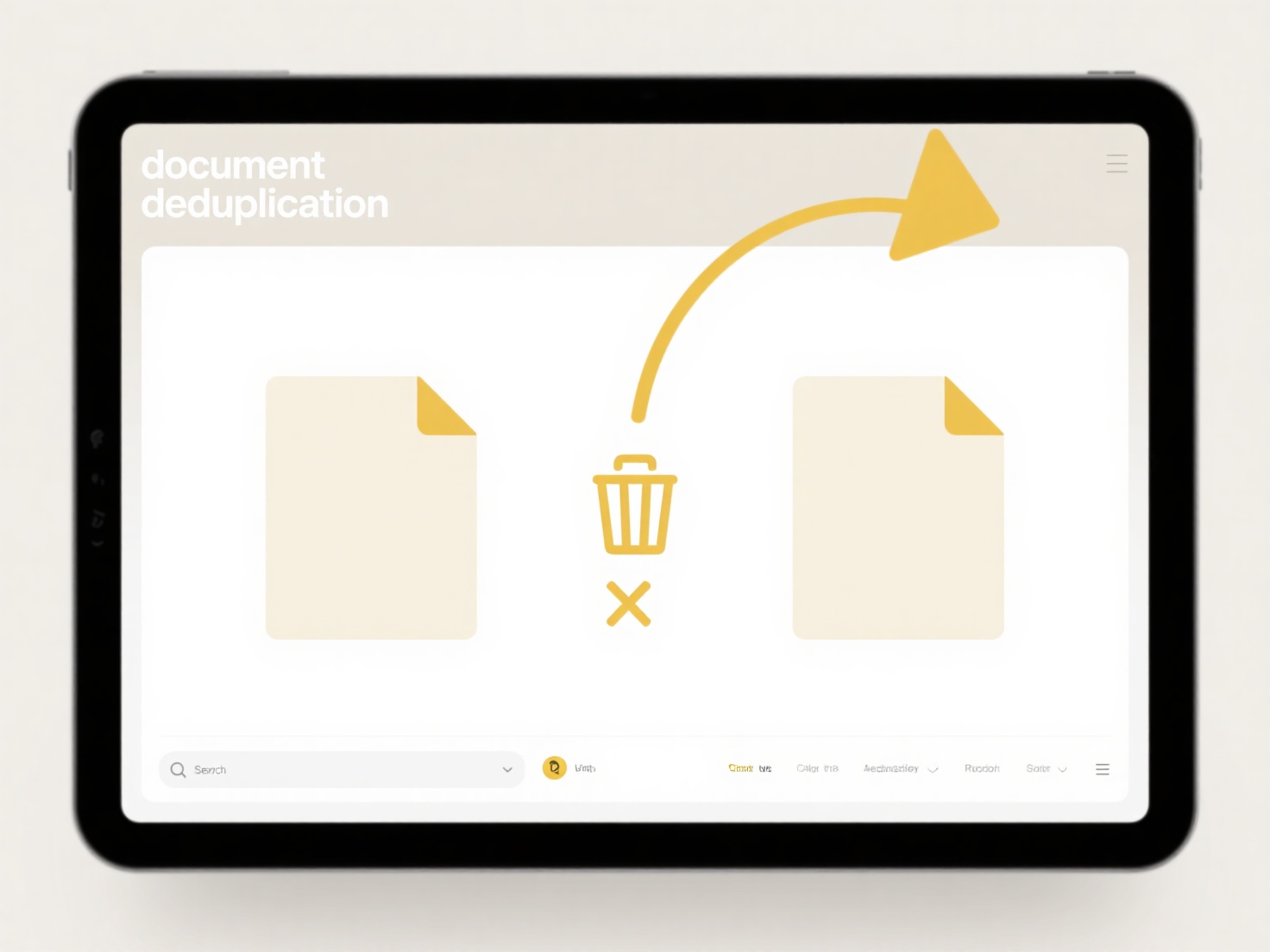
Archiving folders by year involves systematically organizing files and subfolders into main folders designated for specific years. This approach uses the calendar year as the primary organizational criterion, making historical data retrieval more predictable. It differs from methods organized by project, topic, or client name, providing a clear chronological structure that is often simpler to maintain over long periods, especially for ongoing records or administrative documents not tied to a single short-term initiative.
Businesses across finance, healthcare, and administration frequently use annual archiving. For instance, accountants group tax-related documents by year, while HR departments archive payroll and employee records annually. Common technology platforms facilitating this include operating systems like Windows File Explorer or macOS Finder for local archives, cloud storage services like Google Drive or Dropbox which allow folder creation and naming by year, and document management systems featuring bulk move and date-based filtering options.

This method offers significant advantages in scalability for long-term data retention, streamlined retrieval, and potential compliance alignment with regulations mandating annual record keeping. A key limitation is the potential inefficiency for retrieving files based on non-temporal criteria like project name unless supplemental indexing is used. Automated categorization tools using file metadata offer promising innovations, reducing the manual effort of creating and maintaining year-based folder structures.
How do I archive folders by year?
Archiving folders by year involves systematically organizing files and subfolders into main folders designated for specific years. This approach uses the calendar year as the primary organizational criterion, making historical data retrieval more predictable. It differs from methods organized by project, topic, or client name, providing a clear chronological structure that is often simpler to maintain over long periods, especially for ongoing records or administrative documents not tied to a single short-term initiative.
Businesses across finance, healthcare, and administration frequently use annual archiving. For instance, accountants group tax-related documents by year, while HR departments archive payroll and employee records annually. Common technology platforms facilitating this include operating systems like Windows File Explorer or macOS Finder for local archives, cloud storage services like Google Drive or Dropbox which allow folder creation and naming by year, and document management systems featuring bulk move and date-based filtering options.

This method offers significant advantages in scalability for long-term data retention, streamlined retrieval, and potential compliance alignment with regulations mandating annual record keeping. A key limitation is the potential inefficiency for retrieving files based on non-temporal criteria like project name unless supplemental indexing is used. Automated categorization tools using file metadata offer promising innovations, reducing the manual effort of creating and maintaining year-based folder structures.
Quick Article Links
How do I group files by subject, author, or keyword automatically?
How do I group files by subject, author, or keyword automatically? Wisfile uses its local AI engine to automatically g...
How do I revert a file back to its original extension?
Reverting a file extension means changing the letters after the final dot in a filename (like `.txt`, `.jpg`, `.docx`) b...
How do I manage folder structures for global teams?
Folder structure management for global teams involves designing a shared system for organizing digital files that suppor...